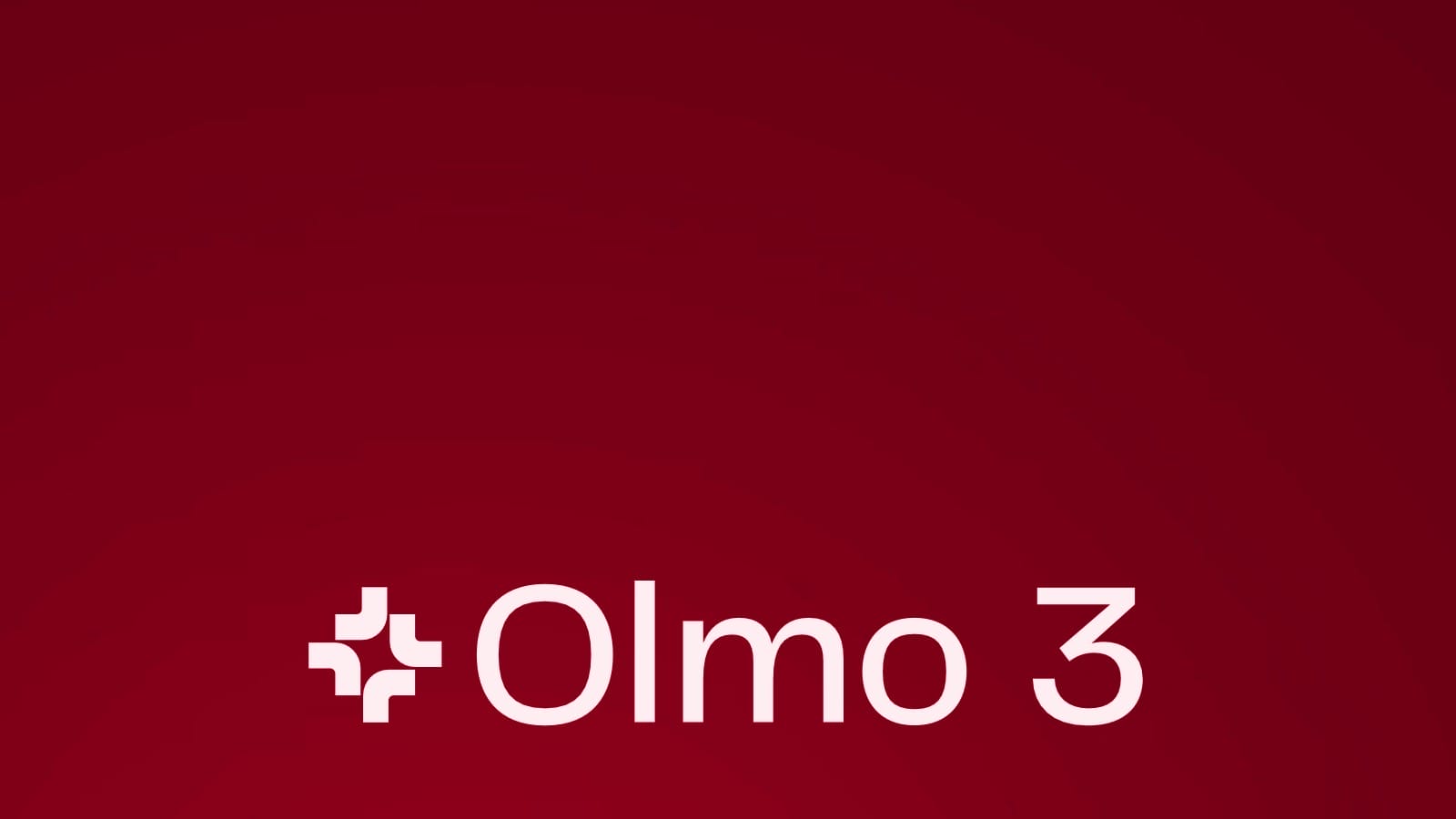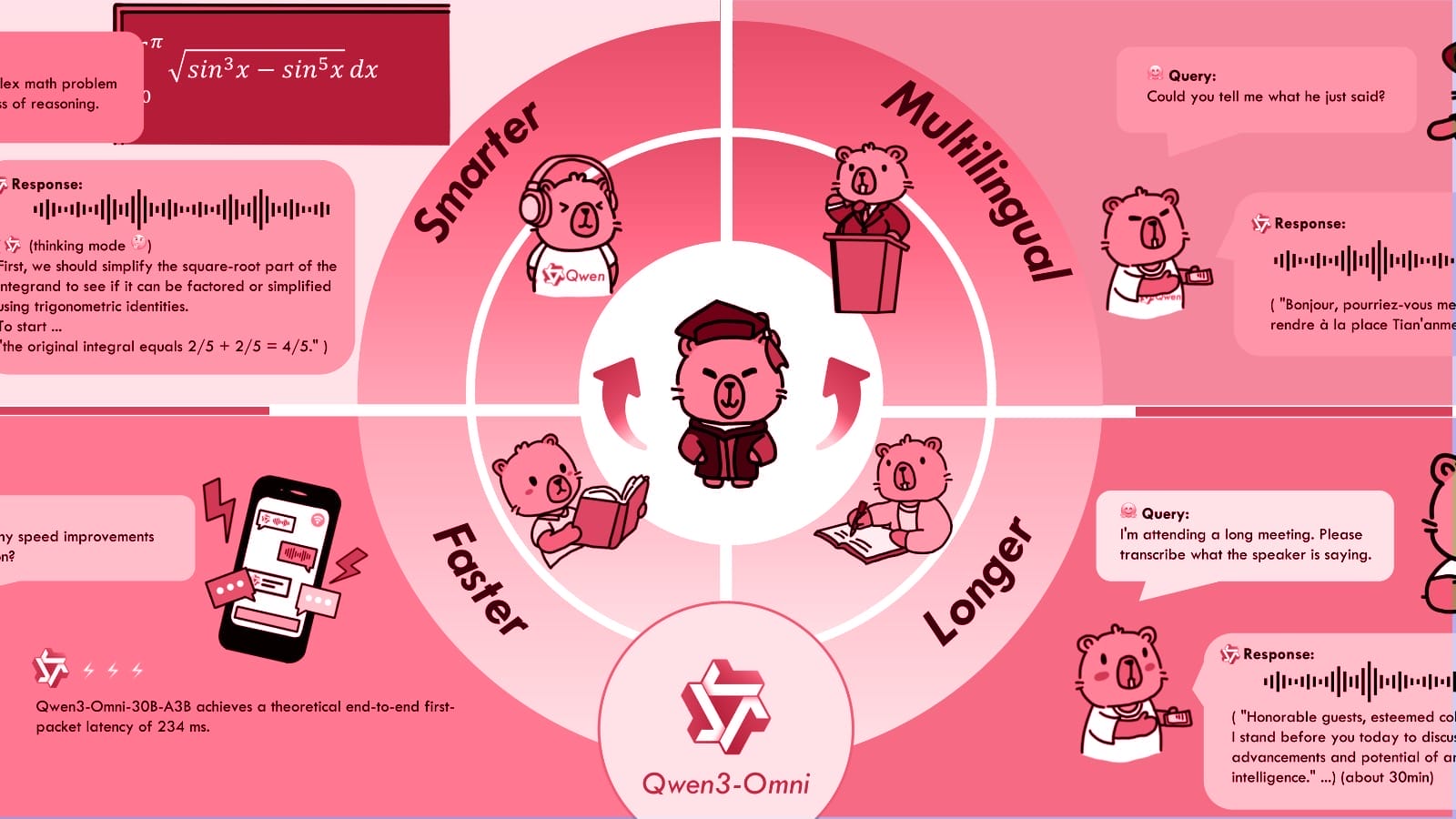Claude Opus 4.5 brings lower prices and new features
The AI company Anthropic has released Claude Opus 4.5, its latest flagship model. The launch is accompanied by a significant price reduction, new product features, and performance claims that position it competitively against models from rivals like OpenAI and Google. According to Anthropic, Claude Opus 4.5 delivers state-of-the-art performance, particularly in software engineering and complex …





